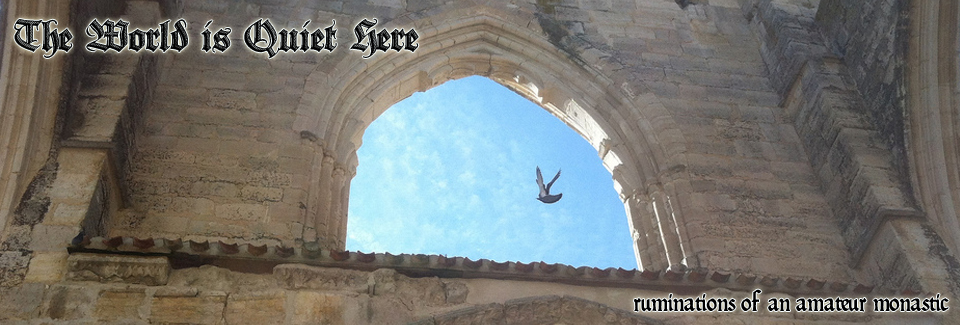What’s in a Name?
 In many cultures throughout the world, a person will take a new name at a new phase of their life: birth, coming of age – really any of the great passages of life.
In many cultures throughout the world, a person will take a new name at a new phase of their life: birth, coming of age – really any of the great passages of life.
Even in cultures where this is not a formal (re)naming, we often take or are given nicknames that stick with us. We are reinvented in college, or in the military, or at a new job.
In our life of faith, we are given a name at Baptism, and we choose a new name at Confirmation.
Now I was baptised and confirmed on the same day as an adult, so it was a little different for me. My mother gave me the name Thomas, and to my family in the midwest I am still Thomas.
In college, I became Thom, and everyone I have met since knows me by this name.
(Interestingly, my middle name – Georg – was my nickname in the womb, so there’s another odd passage commemorated in my case.)
For my confirmation, I took the name of John, for the Apostle and Evangelist.Giovanni, the Italian John, was the given name of Saint Francis of Assisi, and that factored in a little as well. I rather impishly celebrate all the feasts of the saints John.
Given my rather Germanic middle name, I elect to use a German form of John – Johannes. I begin to understand how some people end up with ridiculously long names, for mine is now Thomas Georg Johannes Ryng. That’s pretty much why I stick with “Thom”.
When I made my promises as a Benedictine Oblate, I took a monastic name as well. These names, while chosen by the person to be named, must be approved by the Abbot, or in our case the Oblate Director.
I chose the name of today’s saint, Bede the Venerable.
The Venerable Bede lived in early medieval Britain (c. 673 – 735). He was a writer and historian, so it seemed a natural fit.He was a monk from a young age, describing himself as “the most observant and the happiest of all monks”.
He wrote more than sixty books, including the landmark An Ecclesiastical History of the English People. This was quite a feat considering the era and location in Anglo-Saxon Britain, beset by both illiteracy and Viking raids in abundance.
While his most famous works are histories, the majority of his output was theological, and he is counted among the Doctors of the Church.
This little blog has Saint Bede as its patron, and in that spirit I offer one of the saint’s prayers.



